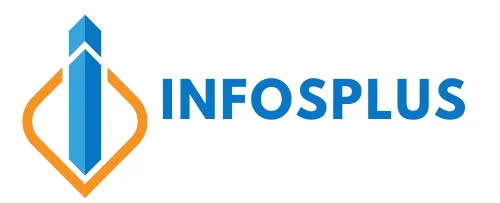Navigating the world of loans can be complex, given the variety of options available to borrowers. Whether you need funds for a large purchase, to cover unexpected expenses, or to manage existing debts, understanding the different types of loans can help you make informed decisions. This guide explores some of the most common loan types and their uses.
Personal Loans
Personal loans are versatile and can be used for a wide range of purposes, from home renovations to medical expenses. They are typically unsecured, meaning they don’t require collateral, and are offered with fixed interest rates and monthly payments. Personal loans can be obtained from banks, credit unions, or online lenders, with loan amounts and terms varying based on the lender and the borrower’s creditworthiness.
Short-Term Personal Loans
For those in need of quick cash, short-term personal loans are a convenient option. These loans are designed to be repaid over a short period, usually within a year or less. They are often used to cover unexpected expenses such as car repairs, medical bills, or small home improvements. While short-term personal loans can be a lifesaver in emergencies, it’s important to be aware of the potentially high interest rates and fees associated with them.
Consolidated Debt Loans
Managing multiple debts can be stressful and overwhelming. A consolidated debt loan can simplify this process by combining several debts into a single loan with one monthly payment. This type of loan is particularly useful for individuals with high-interest credit card debts, personal loans, or other types of unsecured debt. By consolidating these debts, borrowers can often secure a lower interest rate, reduce their monthly payments, and streamline their debt management.
Mortgage Loans
A mortgage loan is used to purchase a home or other real estate. These loans are secured by the property being purchased, meaning the lender can seize the property if the borrower fails to make payments. Mortgage loans typically come with longer terms, ranging from 15 to 30 years, and can have fixed or adjustable interest rates. The terms and conditions of mortgage loans can vary widely based on the lender, the borrower’s credit history, and the amount of the down payment.
Auto Loans
Auto loans are used to finance the purchase of a vehicle. Like mortgage loans, auto loans are secured by the asset being purchased—in this case, the car. These loans usually have shorter terms, typically ranging from three to seven years. Interest rates and loan terms can vary based on the lender, the borrower’s credit score, and the age and condition of the vehicle.
Student Loans
Student loans are designed to help cover the cost of higher education. These loans can come from the federal government or private lenders. Federal student loans often offer more favorable terms, such as lower interest rates and more flexible repayment options, compared to private student loans. Repayment usually begins after the student graduates or drops below half-time enrollment.
Business Loans
Business loans provide funding for business-related expenses, such as startup costs, expansion, equipment purchases, and operating expenses. These loans can be secured or unsecured and can come from banks, credit unions, or online lenders. The terms and conditions of business loans vary based on the lender, the amount of the loan, and the financial health of the business.
Conclusion
Understanding the different types of loans and their uses can help you choose the right loan for your needs. Whether you’re looking to finance a major purchase, manage your debts more effectively, or cover unexpected expenses, there’s likely a loan that fits your situation. Be sure to compare your options, consider the terms and interest rates, and choose a loan that aligns with your financial goals.






how much hgh to take a day
References:
hvad er hgh (Newssignet.top)
dianabol only cycle results
bodybuilding hgh
References:
hgh bodybuilding nebenwirkungen [https://www.rhcapital.cl/employer/wachstumshormone-hgh-somatropin-kaufen]
steroids for sale uk
References:
androgenic Body type